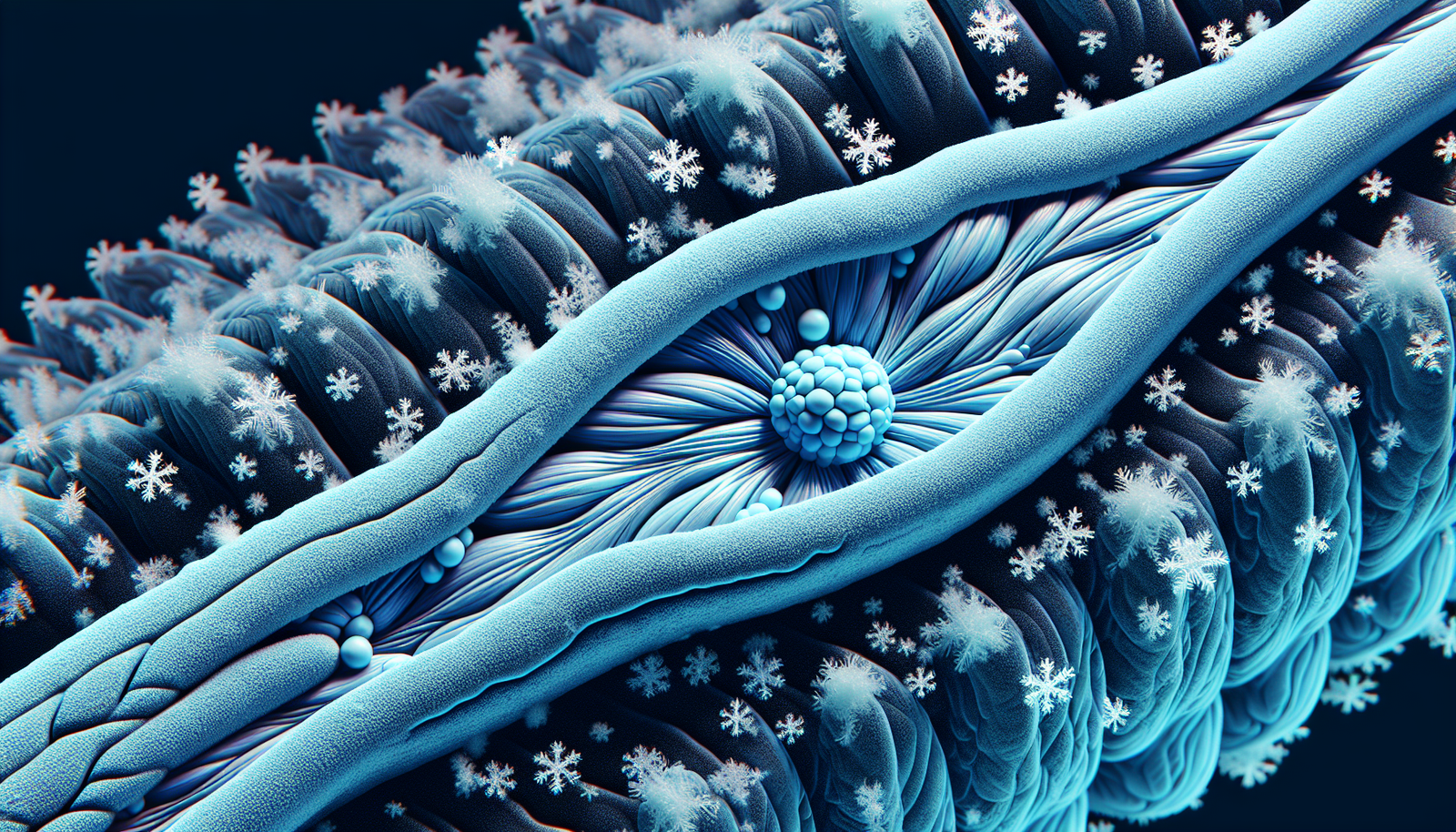Have you ever wondered how cold temperatures can impact your muscles at a cellular level? It’s a fascinating topic that blends science with everyday experiences, especially for athletes or even just someone dealing with sore muscles after a long day.
Understanding Muscle Inflammation
Muscle inflammation is your body’s response to injury or stress. When you push your body, whether through exercise or other physical activities, small tears in your muscles can occur. This is a normal part of getting stronger, but it can lead to swelling and discomfort. So, how does cold weather or cold therapy play into this?
What Is Muscle Inflammation?
Muscle inflammation is an essential part of healing. At its core, inflammation is the body’s way of signaling that something is wrong. You might see redness, swelling, and feel heat in the area. Though it may sound alarming, it’s a crucial process that helps your body repair itself.
The Role of Cytokines
Cytokines are small proteins that play a significant role in cell signaling during an immune response. When muscle tissue is injured, cytokines are released, leading to inflammation as part of the healing process. However, an excess of these proteins can contribute to chronic inflammation, which often leads to more prolonged pain and recovery times.
The Stages of Muscle Inflammation
Muscle inflammation involves several stages:
-
Initiation: This phase kicks in immediately after injury when your body recognizes the damage.
-
Acute Inflammation: This lasts a few days, characterized by pain, heat, redness, and swelling.
-
Resolution: Eventually, your body starts to heal, and inflammation subsides, with cells restoring normal muscle function.
Why Cold Therapy?
Now, let’s transition to how cold can affect this process. Cold therapy, often applied through ice packs, cold baths, or cryotherapy, is widely used for managing muscle inflammation and sports injuries.

How Cold Influences Muscle Inflammation
Cold weather and therapies influence the processes in your body at the cellular level, altering how inflammation manifests. The mechanisms are quite intriguing!
Vasoconstriction and Its Effects
When exposed to cold, your blood vessels constrict, a process known as vasoconstriction. This can limit blood flow to the affected area initially, which sounds like a bad thing, but it’s often beneficial in the case of acute inflammation.
Benefits of Vasoconstriction:
-
Reduces Swelling: By limiting blood flow, you prevent excess fluid from accumulating in the injured tissue.
-
Numbs Pain: Cold temperatures can numb nerve endings, providing temporary relief from pain.
-
Decreases Cellular Metabolism: Cold temperatures slow down cellular metabolism, which can decrease the production of substances that contribute to inflammation.
Cold-Induced Anti-Inflammatory Cytokines
Interestingly, applying cold therapy can lead to changes in the cytokine profile in your body. While inflammation increases pro-inflammatory cytokines, cold exposure can potentially encourage the release of anti-inflammatory cytokines.
Emerging Research Findings:
-
A study revealed that ice packs on muscle injuries reduced pro-inflammatory cytokines like TNF-alpha while increasing anti-inflammatory cytokines.
-
Another research effort showed that regular exposure to cold could support muscle recovery post-exercise by modulating the cytokine response.
Impact on Muscle Cells
You may be wondering how these changes ultimately influence muscle cells. When cold applications are used effectively after exercise or injury, the impact on muscle repair can be profound.
Muscle Cell Recovery Process:
-
Temporary Reduction of Muscle Damage Markers: Cold therapy can limit the influx of damaging substances that exacerbate muscle damage.
-
Promotion of Recovery: Cold therapy can promote a quicker recovery by reducing soreness and swelling, allowing you to return to activity sooner.
-
Maintaining Muscle Function: Preventing excessive inflammation helps sustain muscle functionality over time.
Cold vs. Heat Therapy
You might have heard about both cold and heat therapies for inflammation, but let’s clarify how they differ.
| Aspect | Cold Therapy | Heat Therapy |
|---|---|---|
| Temperature Effect | Vasoconstriction | Vasodilation |
| Immediate Impact | Reduces swelling & pain | Increases blood flow |
| Best Used For | Acute injuries, inflammation | Chronic pain, muscle stiffness |
| Duration of Effect | Short-term relief | Longer-lasting comfort |
| Cellular Metabolism | Decreases | Increases |
Understanding the differences here can help you choose the right therapy based on your needs.
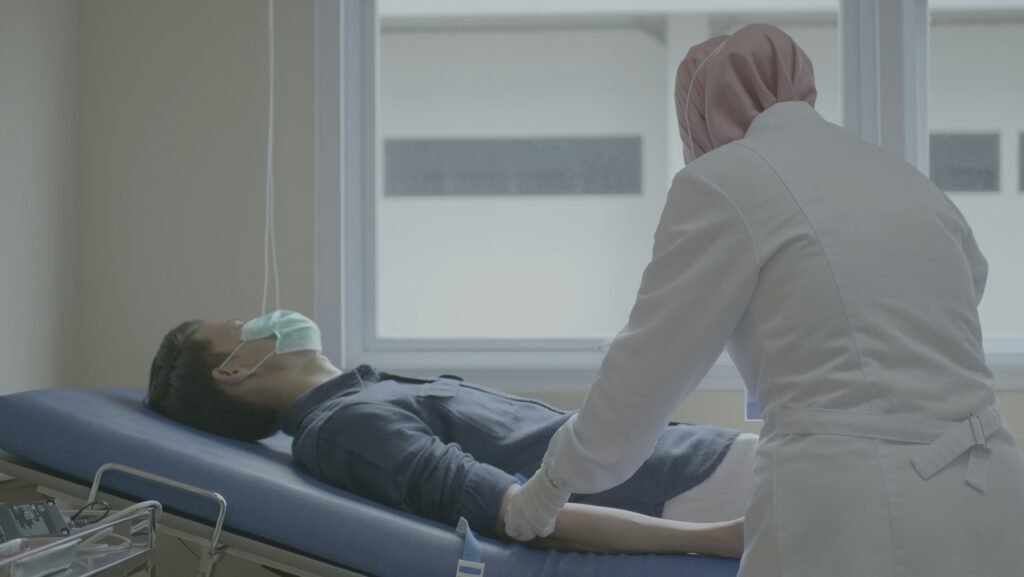
The Impact of Environmental Cold on Muscle Inflammation
Environmental cold, like frigid outdoor temperatures, can also affect muscle inflammation. When you exercise outdoors in the cold, your muscles experience more than just a drop in temperature.
Muscle Physiology in Cold Environments
When your muscles are exposed to cold, several physiological changes occur:
-
Increased Risk of Strain: Cold muscles are stiffer and less pliable, which can lead to injuries.
-
Lower Performance Levels: Muscle contraction efficiency diminishes in colder temperatures, which can affect your overall performance and increase the time it takes for muscles to recover.
-
Shivering Response: Shivering helps increase body temperature but can also lead to fatigue if prolonged, impacting muscle recovery.
Cold Exposure and Delayed Onset Muscle Soreness (DOMS)
Many athletes report experiencing Delayed Onset Muscle Soreness (DOMS) after exposure to cold conditions, especially after workouts in low temperatures. The correlation may not be direct, but the combination of performance limitations and cold-induced stiffness plays a role.
Strategies to Combat Cold-Induced Muscle Soreness:
-
Warm-Up Properly: A dynamic warm-up is essential before engaging in physical activity in cold weather.
-
Layered Clothing: Dress in layers to maintain muscle temperature during outdoor activities.
-
Post-Activity Stretching: Stretching after exercise can help maintain flexibility and reduce soreness.
Cold Climates and Muscle Adaptation
Interestingly, prolonged exposure to cold can lead our bodies to adapt. For athletes living in colder regions, the first few workouts might feel excruciating, but over time, their muscles often acclimate to the conditions. That physiological adaptation can potentially influence their recovery and inflammation processes.
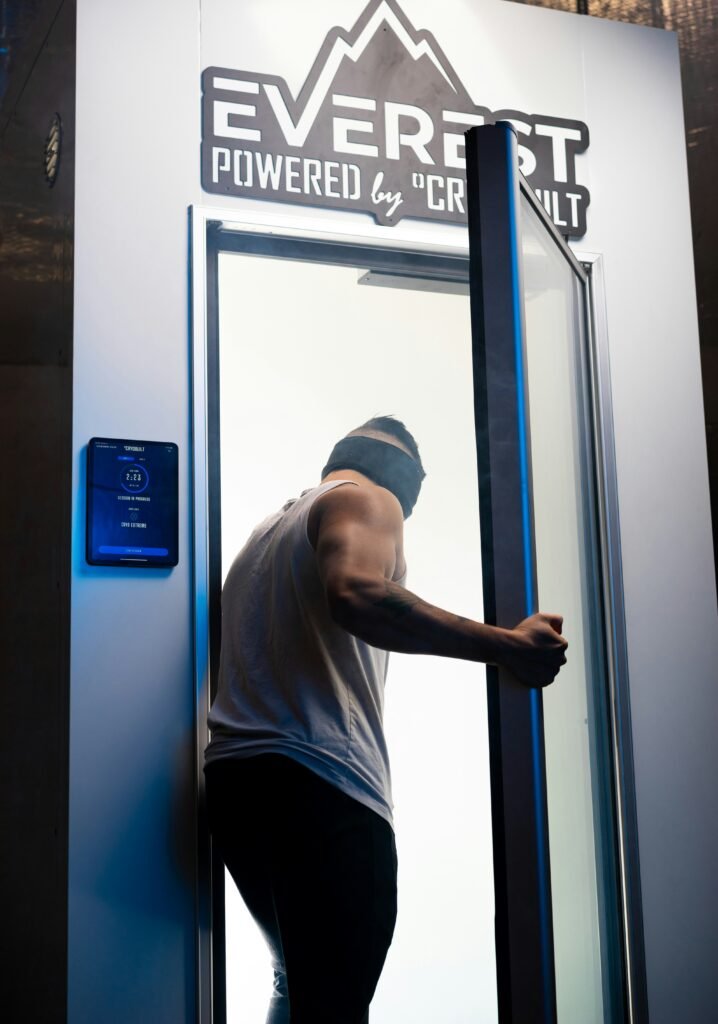
Cold Water Immersion
Now, let’s focus on a highly popular method of cold exposure—cold water immersion. Athletes regularly use this technique to mitigate muscle inflammation after intense workouts.
Mechanism of Action
Cold water immersion works similarly to other cold therapy methods, but the increased surface area contact of water enhances its cooling effects.
Effects of Cold Water Immersion:
-
Enhanced Recovery: Research indicates that using cold water immersion post-exercise can lead to lower levels of perceived muscle soreness.
-
Improved Performance: Regular utilization may contribute to improved performance in subsequent workouts by reducing recovery time.
-
Modulated Inflammatory Response: Cold water exposure impacts inflammatory processes, encouraging your body to manage inflammation effectively.
Best Practices for Cold Water Immersion
-
Timing: Use cold water immersion right after intense physical activity for maximized benefits.
-
Duration: Aim for 10-15 minutes in cold water to achieve desired effects without risking hypothermia.
-
Temperature: The water should be around 50-60°F (10-15°C) for optimal benefits in recovery and inflammation reduction.
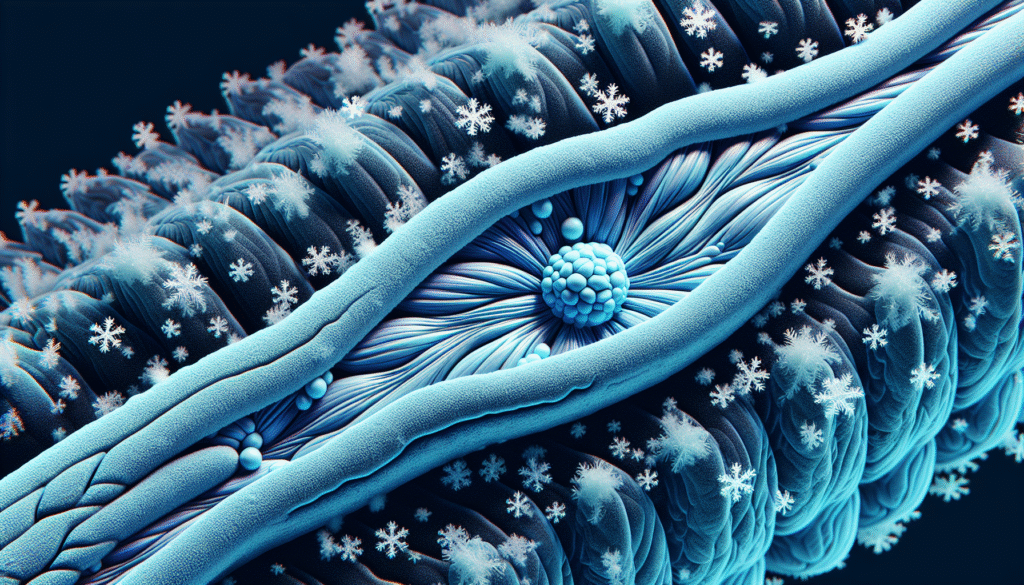
The Science Behind Cryotherapy
Cryotherapy has garnered attention as an advanced method for managing muscle inflammation. It’s a method involving the use of extreme cold to treat various ailments, and it’s particularly popular among athletes.
Understanding Cryotherapy
Cryotherapy typically uses controlled temperatures to target specific body areas or can involve full-body exposure to extremely cold air.
Benefits of Cryotherapy:
-
Reduced Muscle Damage: Like other cold therapies, cryotherapy helps limit muscle injury and inflammation.
-
Faster Recovery: Many athletes experience quicker recovery times after engaging in full-body cryotherapy sessions.
-
Mental Benefits: The noticeable decrease in pain and soreness can also enhance mental wellness, promoting a positive cycle of emotional well-being and physical performance.
Potential Risks of Cryotherapy
Despite its many benefits, there are some considerations to keep in mind:
-
Frostbite: Extreme temperatures can cause skin injuries if not monitored carefully.
-
Not Suitable for Everyone: People with certain medical conditions should consult a healthcare professional before engaging in cryotherapy.
-
Temporary Results: The effects of cryotherapy can be short-lived, necessitating regular sessions for continued benefits.
Combining Cold Therapies
To optimize muscle inflammation management, consider combining various cold therapies. For instance, using ice packs for specific injuries along with regular cold water immersion can lead to better overall recovery strategies.
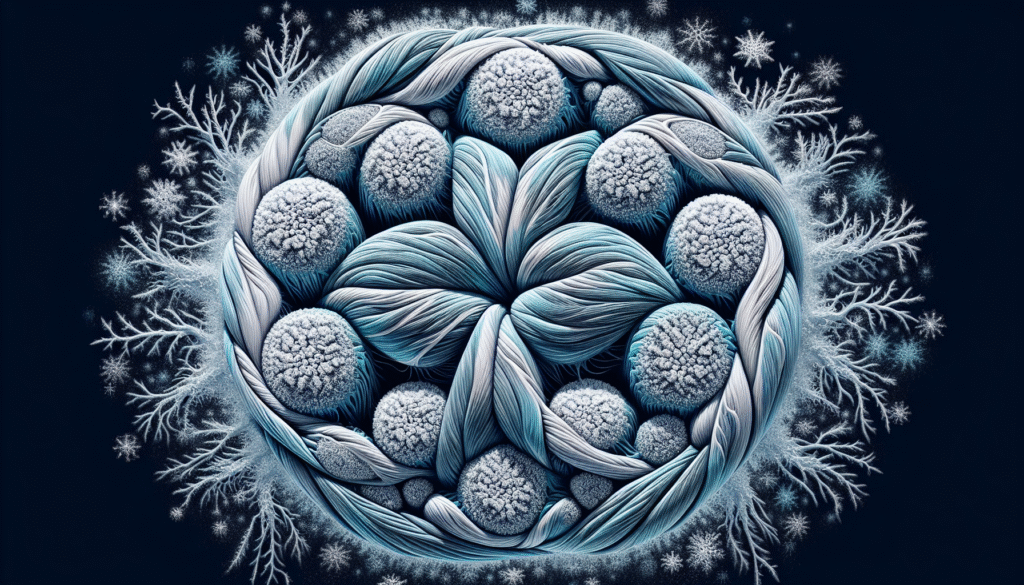
Conclusion: Embracing the Chill
Understanding how cold affects muscle inflammation at the cellular level gives you tools to enhance recovery and performance. From applying ice packs to embracing cold water immersion, you can harness nature’s chill to benefit your body.
So next time you feel that bite of cold air or decide to slip into an ice bath, remember, it’s more than just a shock to the system—it’s a scientifically-backed method to help your muscles heal. You have the knowledge to blend these insights into your routine, allowing you to navigate workouts, injuries, and recovery with added wisdom and finesse.
Use these tools wisely, and soon enough, you’ll find yourself managing muscle inflammation like a pro. After all, your body does incredible things—why not give it the best support possible?

